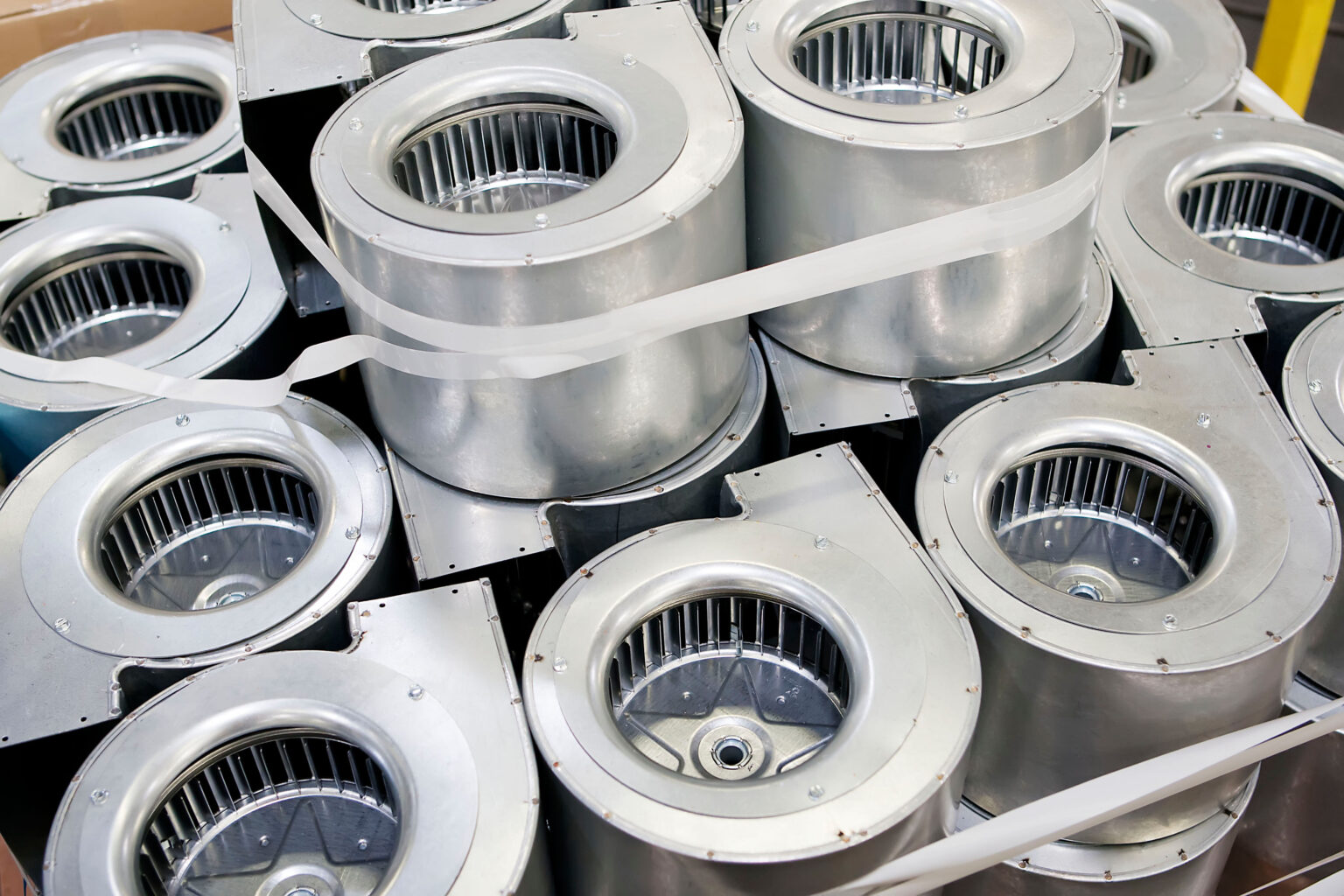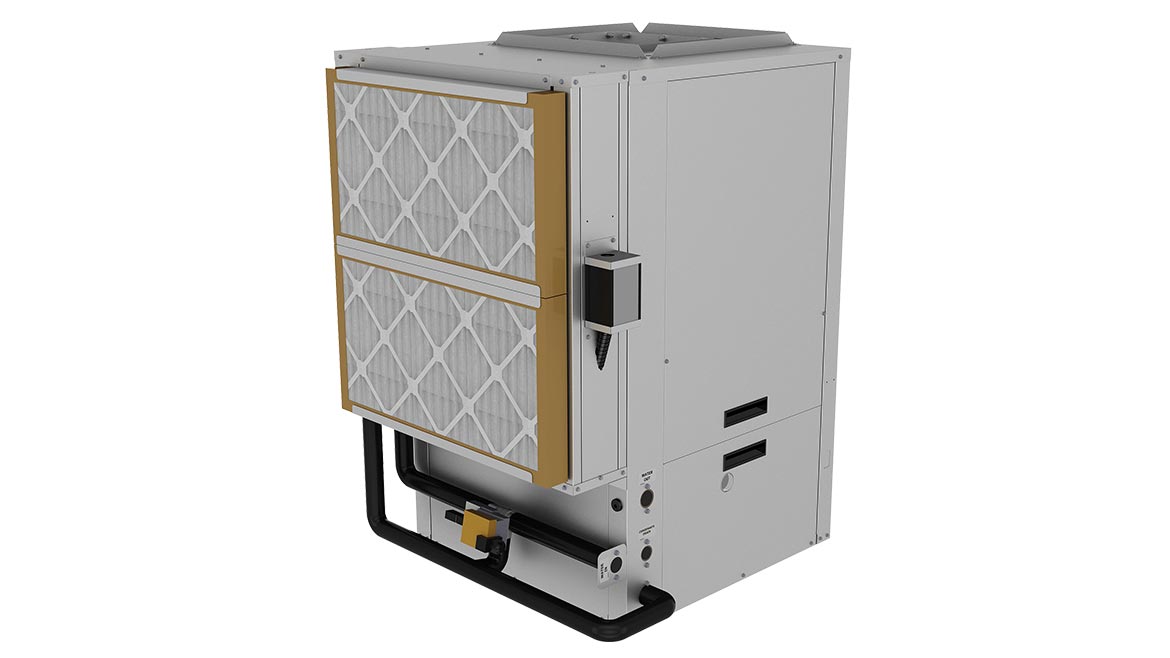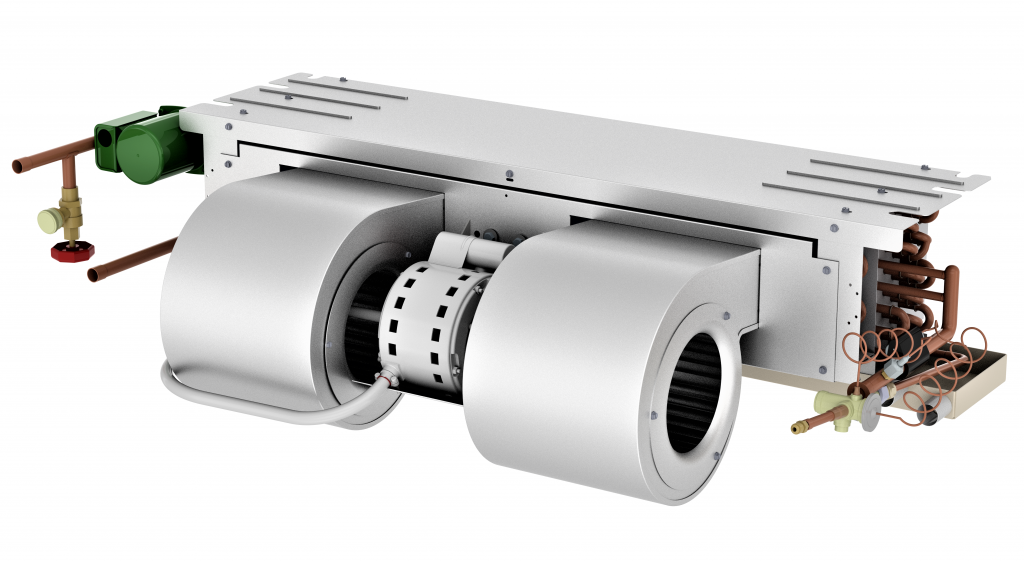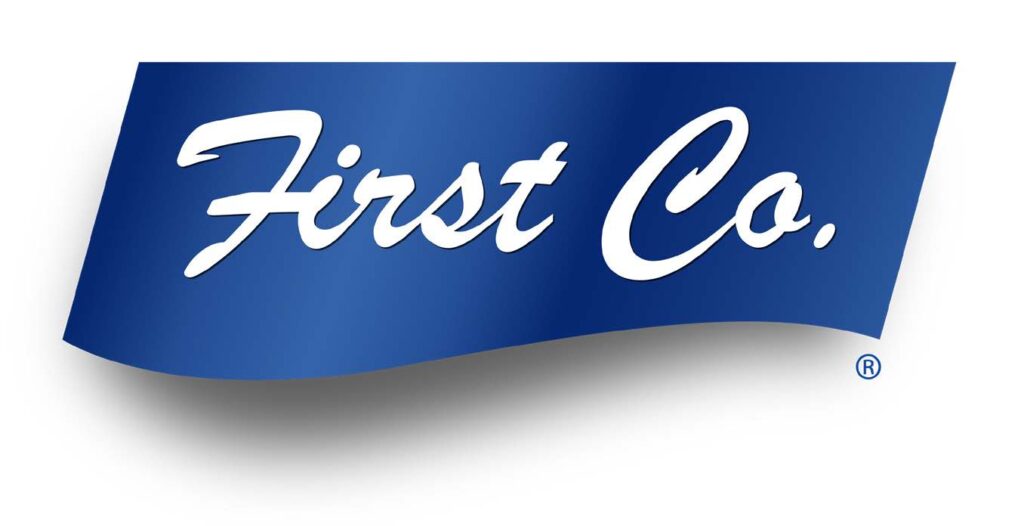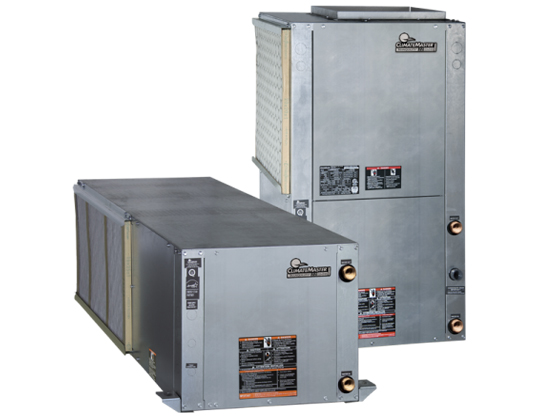First Co Water Source Heat Pump
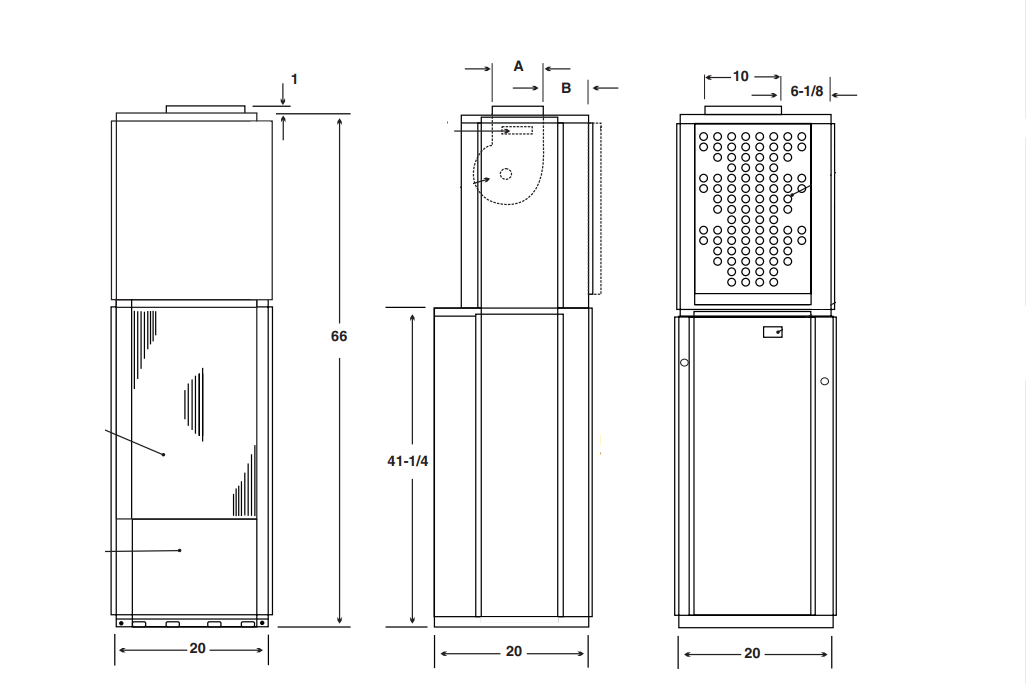
Water source heat pumps (WSHPs) offer an energy-efficient and versatile solution for heating and cooling, particularly in multi-unit residential buildings, commercial spaces, and even some residential homes. Among the manufacturers in this field, First Co stands out as a prominent provider of reliable and innovative WSHP systems. This article delves into the specifics of First Co water source heat pumps, exploring their features, benefits, applications, and considerations for homeowners, HVAC technicians, and facility managers.
Understanding Water Source Heat Pumps
Before diving into First Co’s offerings, let's clarify what a WSHP is. Unlike traditional air-source heat pumps that exchange heat with the outside air, WSHPs use a water loop as their heat source and sink. This water loop, often maintained at a relatively stable temperature (typically between 60°F and 90°F), allows the heat pump to operate more efficiently, especially in extreme weather conditions. Think of it as drawing heat from a stable underground reservoir rather than fighting the wildly fluctuating air temperature outside.
How it Works:
- Heating Mode: In heating mode, the WSHP extracts heat from the water loop and transfers it to the indoor air.
- Cooling Mode: In cooling mode, the WSHP extracts heat from the indoor air and transfers it to the water loop.
The Water Loop
The water loop is a crucial component of a WSHP system. It can be a closed loop, circulating water through a ground source (geothermal), a surface water source (lake or river), or a cooling tower. Alternatively, it can be an open loop, drawing water from a well or other source and discharging it after use. Closed-loop systems are generally preferred due to their environmental friendliness and reduced maintenance requirements.
First Co Water Source Heat Pumps: Features and Benefits
First Co offers a range of WSHP models designed for various applications. Their units are known for their compact design, ease of installation, and quiet operation.
Key Features:
- Compact Design: First Co WSHPs are designed to fit into tight spaces, making them ideal for apartments, condominiums, and other multi-unit dwellings where space is limited.
- Multiple Configurations: Available in various configurations, including horizontal, vertical, and console units, offering flexibility in installation.
- Quiet Operation: Engineered for quiet performance, minimizing noise disruption in living spaces.
- Durable Construction: Built with high-quality components to ensure long-lasting performance and reliability. Look for features like copper coaxial heat exchangers.
- Microprocessor Controls: Advanced controls that optimize performance and provide diagnostic information.
- Optional Features: Many models offer optional features such as electric heat, hot water assist, and condensate overflow sensors.
Benefits:
- Energy Efficiency: WSHPs generally offer higher energy efficiency compared to traditional HVAC systems, resulting in lower energy bills. First Co units are designed to meet or exceed industry standards for efficiency.
- Consistent Comfort: The stable water loop temperature allows for more consistent heating and cooling, eliminating temperature swings.
- Quiet Operation: As mentioned earlier, the quiet operation of First Co WSHPs enhances the comfort of occupants.
- Individual Zoning: WSHPs allow for individual zoning, meaning each unit can be controlled independently. This improves comfort and reduces energy waste.
- Reduced Maintenance: While all HVAC systems require maintenance, WSHPs generally have lower maintenance requirements compared to air-source systems.
- Environmentally Friendly: By utilizing a renewable heat source (in the case of geothermal systems), WSHPs can reduce carbon emissions.
Applications of First Co Water Source Heat Pumps
First Co WSHPs are suitable for a wide range of applications, including:
- Apartments and Condominiums: Individual zoning and compact design make them ideal for multi-unit residential buildings.
- Office Buildings: Providing efficient heating and cooling for commercial spaces.
- Schools and Universities: Offering a cost-effective and energy-efficient solution for large educational facilities.
- Healthcare Facilities: Maintaining precise temperature control in hospitals and clinics.
- Residential Homes: While less common, WSHPs can be a viable option for single-family homes, especially those with access to a suitable water source.
Cost Considerations
The initial cost of a WSHP system can be higher than that of a traditional HVAC system. However, the long-term operating costs are typically lower due to the higher energy efficiency. Here’s a breakdown of cost factors:
- Equipment Costs: The cost of the WSHP unit itself.
- Installation Costs: The cost of installing the unit, including plumbing and electrical work.
- Water Loop Costs: The cost of installing the water loop, which can vary depending on the type of system (geothermal, surface water, cooling tower). This is often the most significant upfront expense.
- Operating Costs: The cost of electricity to run the WSHP. This will typically be lower than the cost of gas or oil for a furnace.
- Maintenance Costs: The cost of regular maintenance, such as cleaning coils and checking refrigerant levels.
Comparing Costs: When comparing WSHPs to other HVAC systems, it’s essential to consider the total cost of ownership over the lifespan of the equipment. A WSHP may have a higher upfront cost, but the lower operating costs can result in significant savings over time. Government incentives and rebates may also be available to help offset the initial cost.
Efficiency Ratings: EER and COP
When evaluating the efficiency of a WSHP, two key metrics are Energy Efficiency Ratio (EER) and Coefficient of Performance (COP). EER measures the cooling efficiency of the unit, while COP measures the heating efficiency.
- EER (Energy Efficiency Ratio): EER is the ratio of cooling output (in BTU/hour) to electrical input (in watts) at a specific operating point. A higher EER indicates greater cooling efficiency. Look for First Co models with high EER ratings for optimal cooling performance.
- COP (Coefficient of Performance): COP is the ratio of heating output (in BTU/hour) to electrical input (in watts) at a specific operating point. A higher COP indicates greater heating efficiency. Check the COP ratings of First Co WSHPs to assess their heating performance.
These ratings are typically found on the unit's specifications sheet. Compare these values across different models and brands to determine the most efficient option for your needs.
Lifespan and Maintenance
The lifespan of a First Co water source heat pump can range from 15 to 20 years or more, depending on the quality of installation, the operating conditions, and the level of maintenance. Regular maintenance is essential to ensure optimal performance and extend the lifespan of the unit.
Recommended Maintenance:
- Regular Filter Changes: Replacing the air filter every 1-3 months is crucial for maintaining airflow and preventing dust buildup.
- Coil Cleaning: Cleaning the evaporator and condenser coils annually to remove dirt and debris.
- Water Loop Maintenance: Monitoring the water loop for leaks, corrosion, and other issues. This may involve periodic water testing and treatment.
- Professional Inspection: Scheduling an annual inspection by a qualified HVAC technician to check refrigerant levels, electrical connections, and other critical components.
Installation Considerations
Proper installation is crucial for the performance and longevity of a WSHP system. It’s essential to hire a qualified HVAC technician with experience in installing WSHPs. Key installation considerations include:
- Proper Sizing: Ensuring the WSHP is properly sized for the heating and cooling load of the building. An undersized unit will struggle to maintain comfortable temperatures, while an oversized unit will cycle on and off frequently, reducing efficiency and lifespan.
- Water Loop Design: Designing the water loop to provide adequate water flow and temperature control.
- Plumbing and Electrical Connections: Making secure and leak-proof plumbing and electrical connections.
- Proper Ventilation: Ensuring adequate ventilation for the unit to prevent overheating.
- Commissioning: Properly commissioning the system after installation to verify that it’s operating correctly.
Choosing the Right First Co WSHP
Selecting the right First Co WSHP for your needs requires careful consideration of several factors, including:
- Building Size and Layout: The size and layout of the building will determine the number and type of WSHP units required.
- Heating and Cooling Load: The heating and cooling load of the building will determine the size of the WSHP units.
- Water Source Availability: The availability of a suitable water source will influence the type of water loop system.
- Budget: The budget will determine the level of features and options that can be included.
- Local Climate: The local climate will affect the heating and cooling requirements.
Conclusion
First Co water source heat pumps offer an efficient, reliable, and versatile solution for heating and cooling in a variety of applications. Their compact design, quiet operation, and individual zoning capabilities make them particularly well-suited for multi-unit residential buildings and commercial spaces. By understanding the features, benefits, and considerations discussed in this article, homeowners, HVAC technicians, and facility managers can make informed decisions about whether a First Co WSHP is the right choice for their needs. Remember to consult with a qualified HVAC professional to ensure proper system design, installation, and maintenance.
